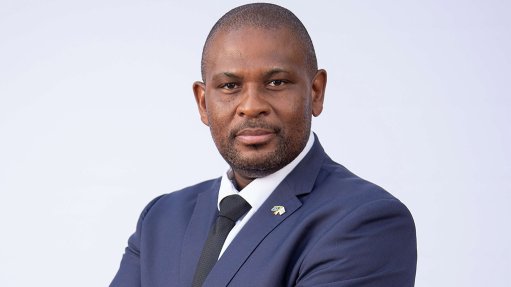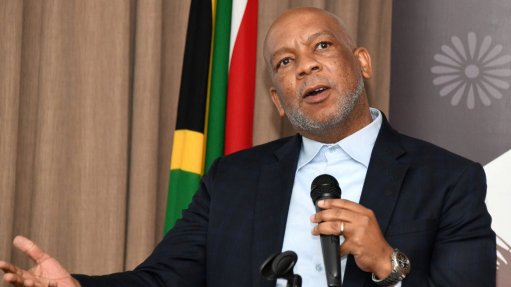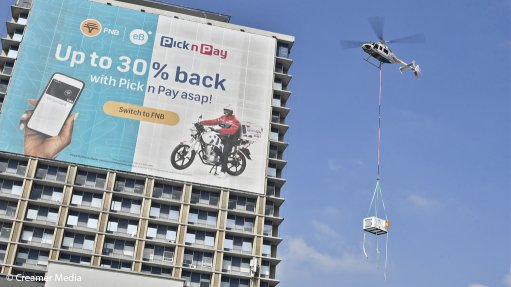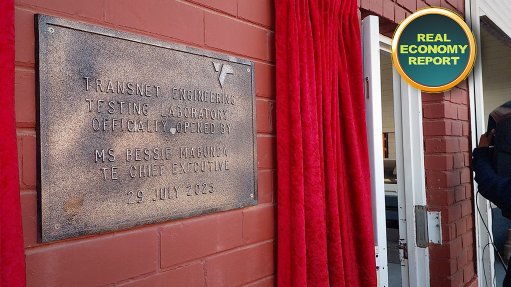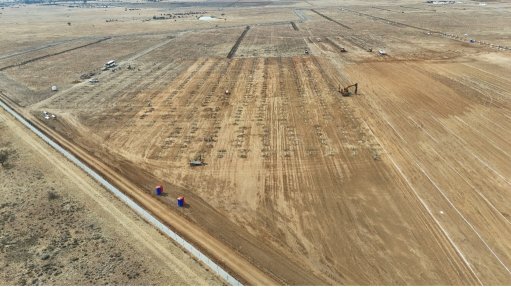Firms in Steve Tshwete municipality ‘just want to get on with JET business’

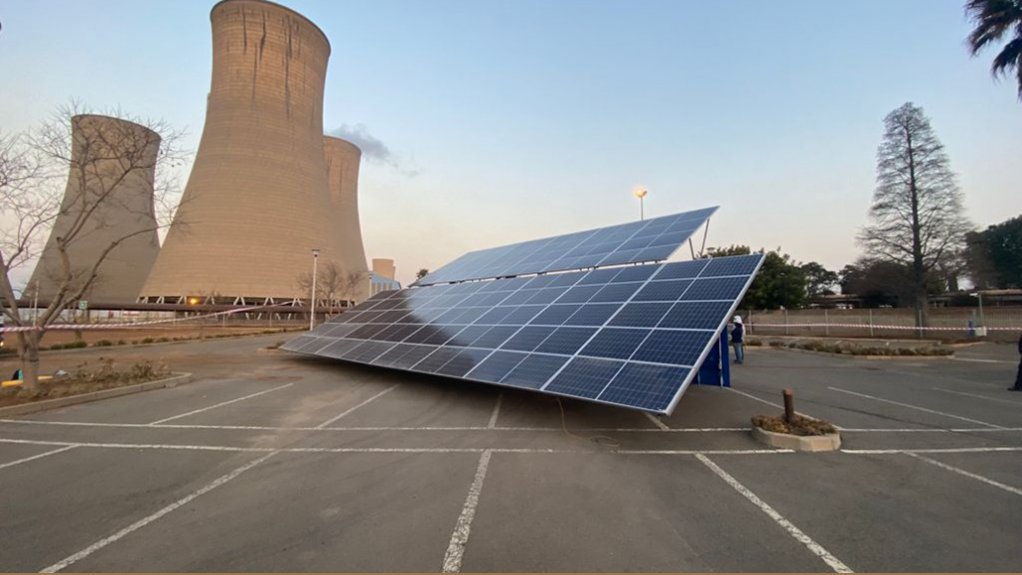
Komati, which will shut entirely later this year and which has been designated as the flagship site for Eskom’s JET strategy
The business community in the Steve Tshwete local municipality of Mpumalanga, which encompasses Middelburg, have been urged to align their product and service offerings to the opportunities being created by the energy transition and the associated socioeconomic initiatives aimed at cushioning vulnerable coal communities and workers.
The Middelburg Chamber of Commerce and Industry convened a conference this week under the theme ‘Just Energy Transition – Just for Business’ with a focus on the potential spinoffs for Mpumalanga firms from Eskom’s repowering and repurposing of those coal stations that are scheduled to close in the coming few years.
Besides Komati, which will shut entirely later this year and which has been designated as the flagship site for Eskom’s so-called Just Energy Transition (JET) strategy, the utility is also preparing to close Hendrina, Camden and Grootvlei before the end of 2027.
Middelburg Chamber of Commerce and Industry CEO Anna-Marth Ott tells Engineering News that business remains anxious about the implications of the closure of coal mines and power stations, but that there is also a growing appreciation of some of the possible business opportunities.
She is concerned, however, that most of the JET debates continue to take place outside of areas such as the Steve Tshwete municipality, which is “surrounded by the coal mining industry and Eskom power stations”.
“We believe many of the conversations are being held with the wrong people and that there are existing businesses and individuals with skills in this area that don’t only have ‘skin in the game’ for the long term, but the skills needed to translate the opportunities into real enterprises and jobs.”
Eskom senior manager Sumaya Nassiep, who addressed the conference, argued that there was potential to use the JET strategy to reignite local manufacturing and stimulate enterprise development in the province.
Opportunities could arise directly from the repowering initiatives by, for instance, creating factories to produce components for new wind and solar facilities, as well as through the provision of services to these power plants.
Nassiep said there was specific potential in the manufacture and assembly of photovoltaic (PV) modules, inverters, transformers, battery energy storage system components, steel PV mounting structures, transmission and distribution poles and towers and, in the medium term, in battery recycling.
Maintenance services would also be required at the new renewable-energy plants, such as non-destructive testing of components or the cleaning of PV panels.
Certain existing supply-chain products and services would also remain relevant, such as the provision of high-voltage yard components and maintenance, as well as services such as general cleaning, catering, hospitality, the provision of personal protective equipment and security.
Eskom also saw a role for local business in supporting the socioeconomic interventions that would be pursued under the JET to support vulnerable communities, including skills upliftment programmes and the incubation of small firms linked either directly to repowering initiatives, or to repurposing projects in other sectors, such as agriculture.
At Komati, for instance, the repurposing embraced technical training for the renewable industry, agrivoltaics and aquaponics projects and the assembly of microgrids for sale and deployment in areas where it was too expensive to extend the national grid.
The repowering initiatives, meanwhile, include solar, battery and wind projects and possibly a gas-to-power facility.
In Mpumalanga more broadly, Eskom was releasing useable land parcels around its power stations for renewables projects and was in negotiation with an initial 18 successful bidders that responded to its first request for proposals issued in April.
However, Nassiep also said there was a risk that existing businesses in the area failed to diversify timeously and align their product and/or service offerings to support the shift towards renewable energy and energy storage.
Eskom outlined a project funnel of more that 100 repowering and repurposing projects that it had identified as part of the R1.2-trillion investment that would be required by 2030 to facilitate the energy transition.
A large number of these projects were located in Mpumalanga, which had the advantage of an established power grid, which was currently absent in the areas with better natural resources, notably the Cape provinces.
In addition, it was anticipated that a good portion of the $8.5-billion offered to South Africa by developed countries at COP26 could be used to unlock some of the projects in that funnel.
“Given the magnitude of investment required, additional funding, private investments and public-private partnerships will be crucial,” Nassiep asserts.
Ott also described some of the non-Eskom opportunities presented at the conference as an “eye opener”, including the potential for gas-related activities that could arise from the import of liquefied natural gas into the province once a new import terminal was developed in Maputo.
“The sense I got from delegates was that they are keen for the political conversations on the transition to begin making way for real business conversations, as they just want to get on with business,” Ott concluded.
Comments
Press Office
Announcements
What's On
Subscribe to improve your user experience...
Option 1 (equivalent of R125 a month):
Receive a weekly copy of Creamer Media's Engineering News & Mining Weekly magazine
(print copy for those in South Africa and e-magazine for those outside of South Africa)
Receive daily email newsletters
Access to full search results
Access archive of magazine back copies
Access to Projects in Progress
Access to ONE Research Report of your choice in PDF format
Option 2 (equivalent of R375 a month):
All benefits from Option 1
PLUS
Access to Creamer Media's Research Channel Africa for ALL Research Reports, in PDF format, on various industrial and mining sectors
including Electricity; Water; Energy Transition; Hydrogen; Roads, Rail and Ports; Coal; Gold; Platinum; Battery Metals; etc.
Already a subscriber?
Forgotten your password?
Receive weekly copy of Creamer Media's Engineering News & Mining Weekly magazine (print copy for those in South Africa and e-magazine for those outside of South Africa)
➕
Recieve daily email newsletters
➕
Access to full search results
➕
Access archive of magazine back copies
➕
Access to Projects in Progress
➕
Access to ONE Research Report of your choice in PDF format
RESEARCH CHANNEL AFRICA
R4500 (equivalent of R375 a month)
SUBSCRIBEAll benefits from Option 1
➕
Access to Creamer Media's Research Channel Africa for ALL Research Reports on various industrial and mining sectors, in PDF format, including on:
Electricity
➕
Water
➕
Energy Transition
➕
Hydrogen
➕
Roads, Rail and Ports
➕
Coal
➕
Gold
➕
Platinum
➕
Battery Metals
➕
etc.
Receive all benefits from Option 1 or Option 2 delivered to numerous people at your company
➕
Multiple User names and Passwords for simultaneous log-ins
➕
Intranet integration access to all in your organisation










